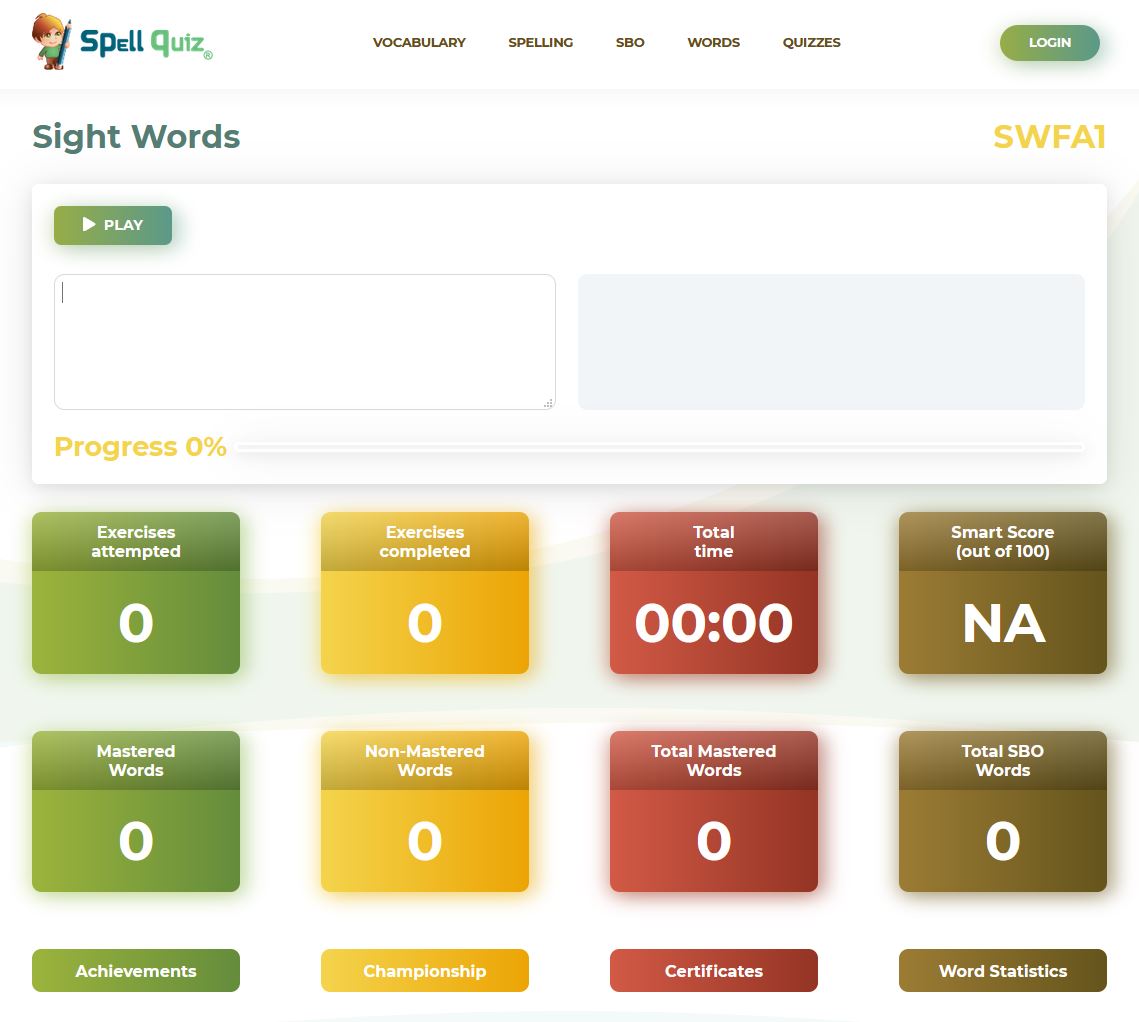Learning a new language is always a great skill to add to your talent tree. Of course, you can’t learn a new language on a whim — it takes dedication and years of practice. However, with a smarter learning strategy, you too can master a new language.
Who knows, maybe someday you will become a multilingual, or even better, — a polyglot.
But how can you learn a new language?
Do you start with the grammar and a formal learning process or do you start picking up new words of the language here and there?
Well, you need to do a bit of both if you want to learn languages. But you should understand one thing firmly — you can’t just hack your way into learning new languages. Because the hard truth is that you need to work hard and practice, practice, practice!
As you can guess, we’ll delve into how to learn a new language in today’s article. The tactics that we’d discuss today works fine for learning any language, say — Spanish, French, or Italian. But for the sake of discussion and easier understanding, we’ll use English as the example here.
Let’s start, shall we?
The Sure-Fire Strategy to Learn a New Language
Step -1: Set SMART Goals for Language Learning
Before you jump onto the details, you should strategize and come up with your language learning goals. Most of our plans never break past the planning phase because we don’t make hard-and-fast goals in the first place.
Maybe you’ve already seen this suggestion in many other blogs and articles. However, we want you to set SMART goals.
The S.M.A.R.T. goal setting is a concept deriving from management studies. This concept suggests that a goal should be — Specific, Measurable, Attainable, Relevant, and Time-bound.
Sounds confusing?
Let’s look at this concept like this —
Specific — “I want to learn English so that I can fluently have a conversation with another English speaker as I’m moving to Canada for higher studies soon.”
Measurable — “My target is learning 10,000 common English words as it covers about 95% of the day-to-day vocabulary.”
Attainable — “An average native English speaker knows about 30,000 words but it’s too hard and I want to settle with 10,000 common words.”
Relevant — “I am planning to move to Canada where English is the dominant language and want to communicate with others fluently.”
Time-bound — “My semester starts next fall. So, I have about six months to learn English.”
This is just an example and you can create your SMART language learning following the same strategy.
Step-2: Conduct a Vocabulary Assessment
Conducting an assessment is crucial for any language learning. Chances are that you already are familiar with a lot of words in that language.
Let’s think of some of the English words. Most foreign-language speakers are familiar with words like — apple, ball, cat, dog, fan, etc. This is because English is an international language and it has influenced people from all over the world to learn some of the common words.
Now, the question is — how many of the common words do you already know?
Participating in an assessment test is a viable and logical approach here. SpellQuiz offers a great solution too. It has a free vocabulary assessment section that lets you know the estimated size of your vocabulary assigns you a grade level within just a few minutes.

This estimation will help you with your language learning goals too.
Step-3: Find a Reliable Source for Enriching Vocabulary
Any language learning process is based on four pillars — listening, speaking, reading, and writing. It’s always better to start with mastering the listening and speaking skills.
Why?
Because these two skills enable you to have a conversation with another person. So, you see, vocabulary building is the foremost step for learning new languages.
Also, you should understand that every language has a long list of “common words.” For example, the English language has a list of 1,000 sight words that covers about 90% of the common words seen in the day-to-day English texts.
Linguistic experts have developed different lists of sight words having different word count.
The Dolch Words and the Fry Sight Words list are two of the most notable lists. The first list contains 220 service words and 95 high-frequency nouns. Then, the Fry words list is the extension of the first list and has 1,000 words in it.
You can take help from the Sight Words section of SpellQuiz where you can find the complete lists that you can download. After you have practiced the words, you can participate in sight words spelling exercises.

Also, SpellQuiz boasts of a massive database of 15,000 English words that are sufficient enough to make you a fluent English speaker.
Read More: 7 Vocabulary Building Strategies that Work!
Step-4: Engage in Conversations
Different language learning programs have premade curriculum. Such cookie-cutter methods might or might not work for you. It often puts you in a hit or miss situation!
Without a doubt, having conversations with real people is still the best practical method of learning a language. Your conversation partner could be another learning like yourself or could be a native speaker.
Having a one-hour conversation is more helpful than hours of premade practices and doesn’t bore you to death!
Yes, you’ll make tons of mistakes and often will make fool of yourself. But it will serve you better as you’re constantly implementing different words in practical use. The more you use a word in a conversation, the better you retain it in your memory.
You can learn more about the strategy in this article where we discuss how long does it take to remember a word?
Step-5: Find a Personalized Learning Program
Like we said in the earlier section, cookie-cutter learning programs often don’t work for everyone. If that’s the case for you and you can’t find a conversation partner, you should find yourself a personalized learning program.
Again, SpellQuiz has a great solution to this issue. SpellQuiz’s adaptive spelling program lets the user learn at his/her own pace. Also, the participants can track their progress through a visual representation of their progress.

Planning to use apps and the best language learning websites to learn a new language? Check out this guide now!
Step-6: Practice a Lot!
Learning a new language demands a lot from you and without the proper intensity of practice, you’ll fail miserably.
So, brace yourself as you’ll need to practice a lot!
It could be spelling practice, spelling test, or simple grammar lessons — anything! The idea is to keep practicing on a constant level regularly.

For example, you should have at least 4-5 language learning sessions every week and each of these sessions should about 3-4 hour long!
If you participate in an intense practice in a week and then do zero practice in the next week, your brain will forget most of the things that you’ve learned.
Step-7: Introduce Variations
Most of the time people quit their efforts to learn a new language as things become too tedious and boring.
That’s why you need to introduce variations.
For example, you can play word games or participate in fun quizzes. Also, if you’ve been participating in spelling lessons too much, you can take part in a spelling competition.

SpellQuiz has a Spelling Bee Online section where anyone can participate in an online game of spelling bee. The players play in real-time against each other and the winners can have their name on the global leaderboard.

So, the gist is that you should use various approaches to reduce the monotony.
Step-8: Let’s Enjoy a Movie!
This is perhaps the most interesting and effective language learning method of all. Many of us learn languages without even noticing by using this approach.
The idea is very simple — watch movies, TV shows, cartoons. You’ll get entertained and passively pick up hundreds of new words, phrases and idioms.

Also, don’t forget to turn on the subtitle in your native language. Try to establish correlations among the actions on the screen, spoken words, and the subtitles. Continue this process and you’ll notice patterns.
Step-9: Evaluate Your Learning Progress regularly
As you continue with your language learning activities, you should occasionally track your progress to see if the learning efforts are bearing fruits or not.
These evaluations not only reflect your learning efforts but also the effectiveness of the learning tools too. It’s possible that your current learning tools and approaches are not bringing in results for you.
In that case, you need to change the learning strategies.
Some of the important progress tracking parameters are — mastered words, non-mastered words, time spent on the learning efforts, type of learning activities that you’re participating in, and so on.
The good news is that SpellQuiz’s progress tracking tool keeps tabs on all of these parameters and more. For example, SpellQuiz assigns a SmartScore based on your master and non-mastered words.

Final Thoughts
Most people stop their language learning efforts after a few days or months as they find the process too tiresome.
Please don’t join that club!
Rather, we ask you to do the opposite embrace your failures. You’ll forget the already mastered words; you’ll misuse the words and form completely meaningless sentences.
But failure is an integral part of the learning process. You can’t succeed without failing countless times in the first place.
We hope all success to your plan of learning a new language.
